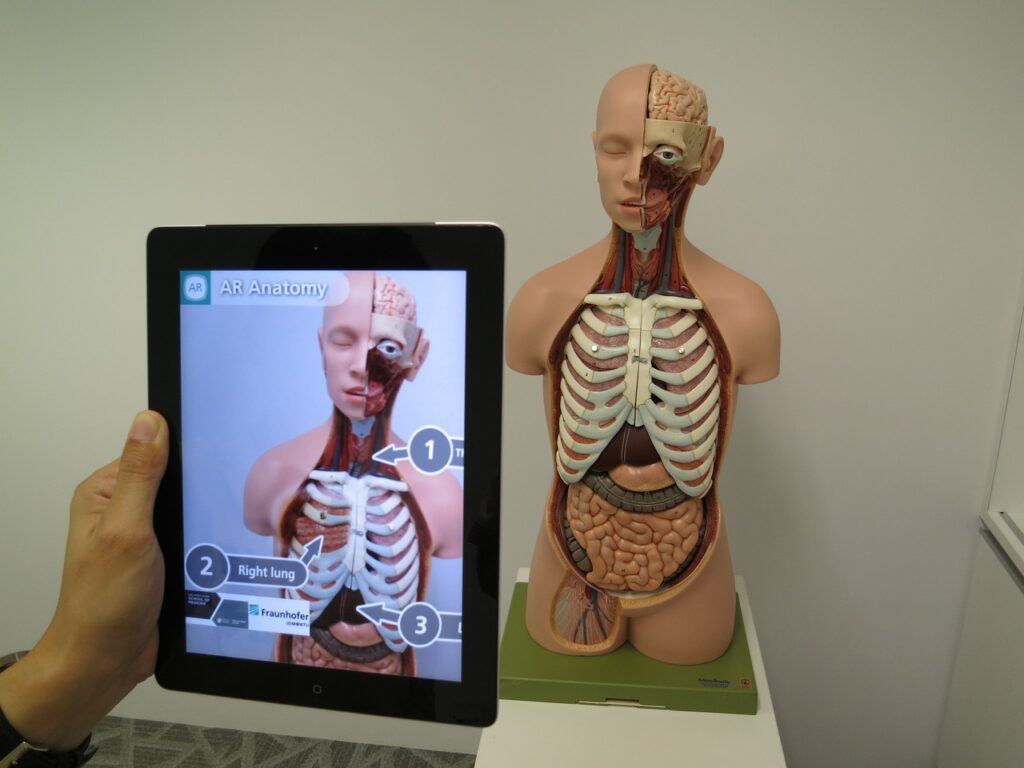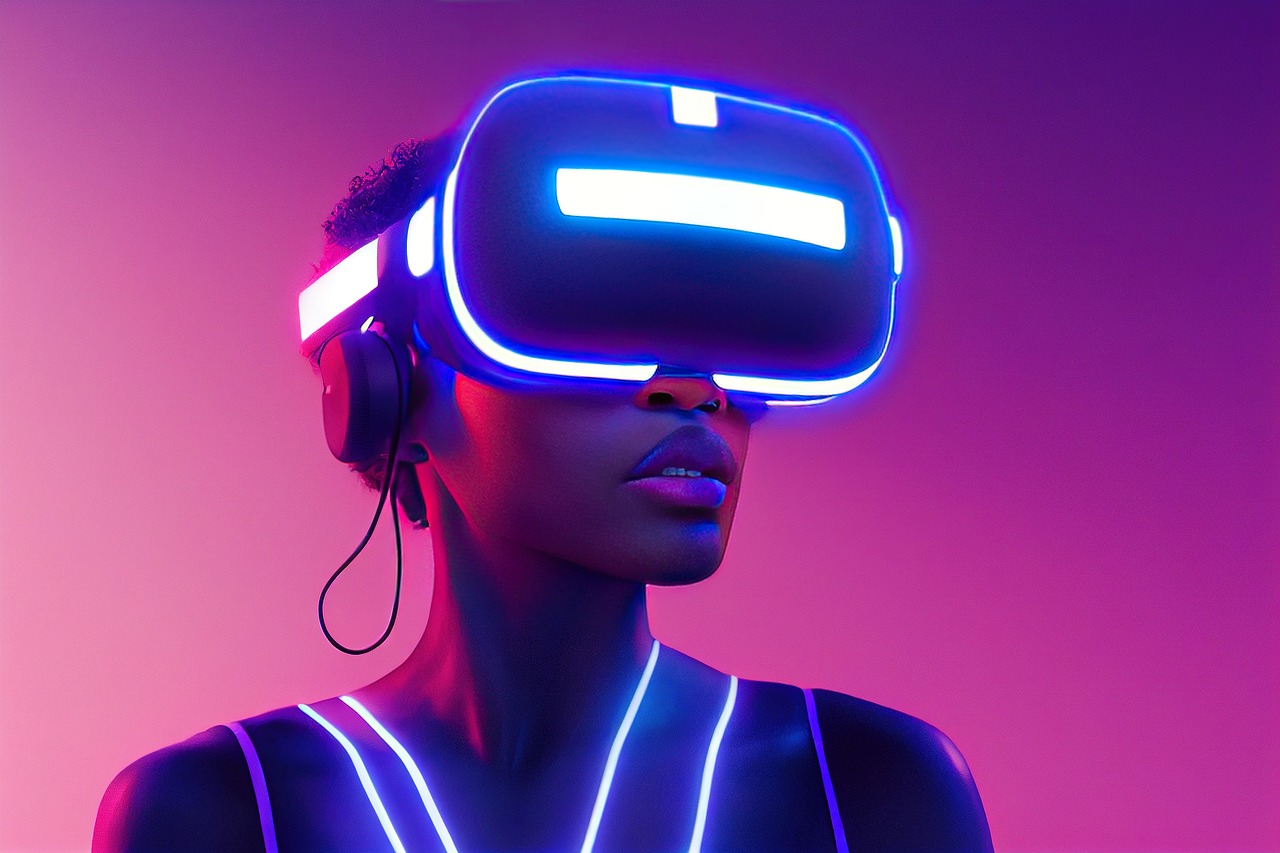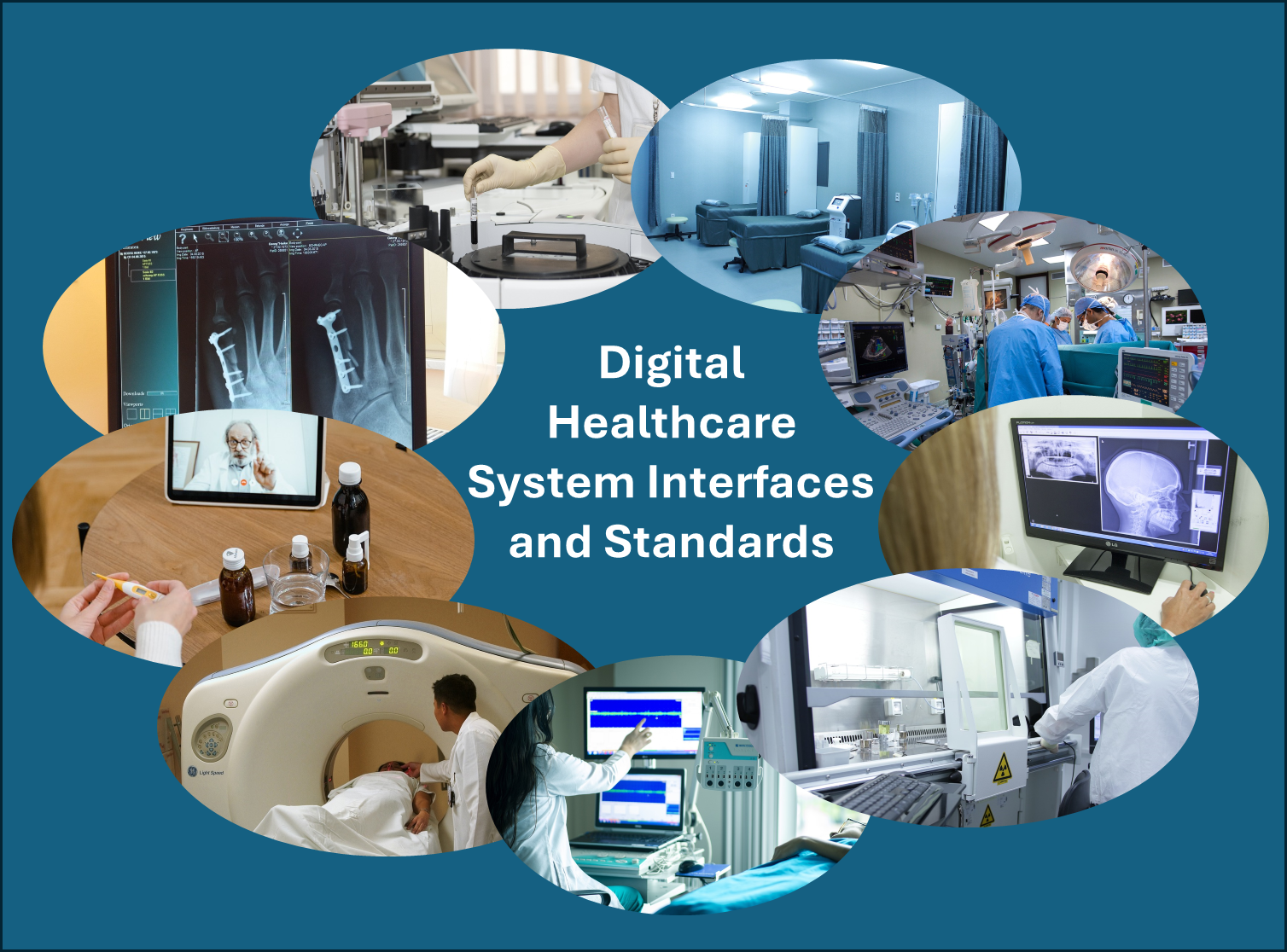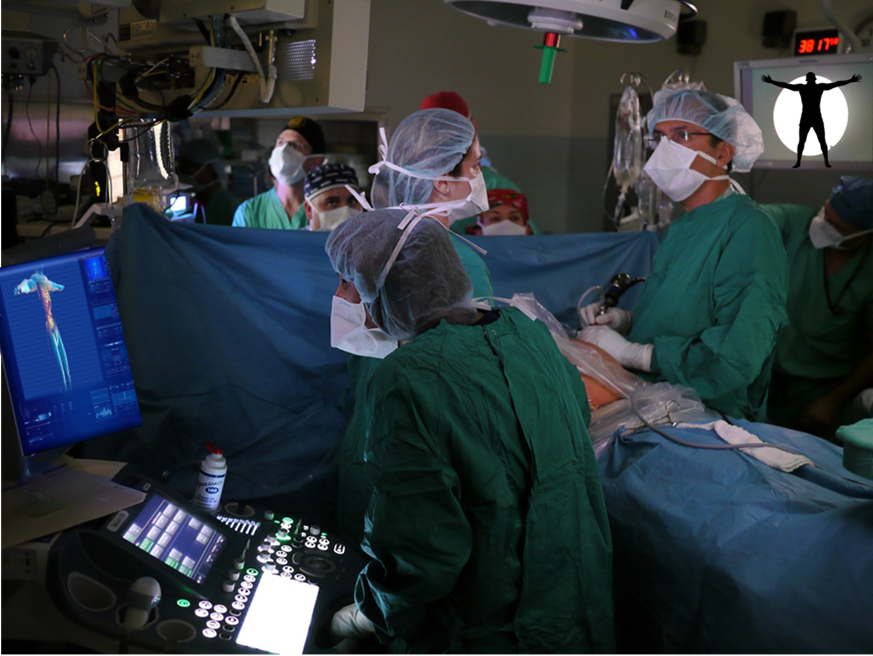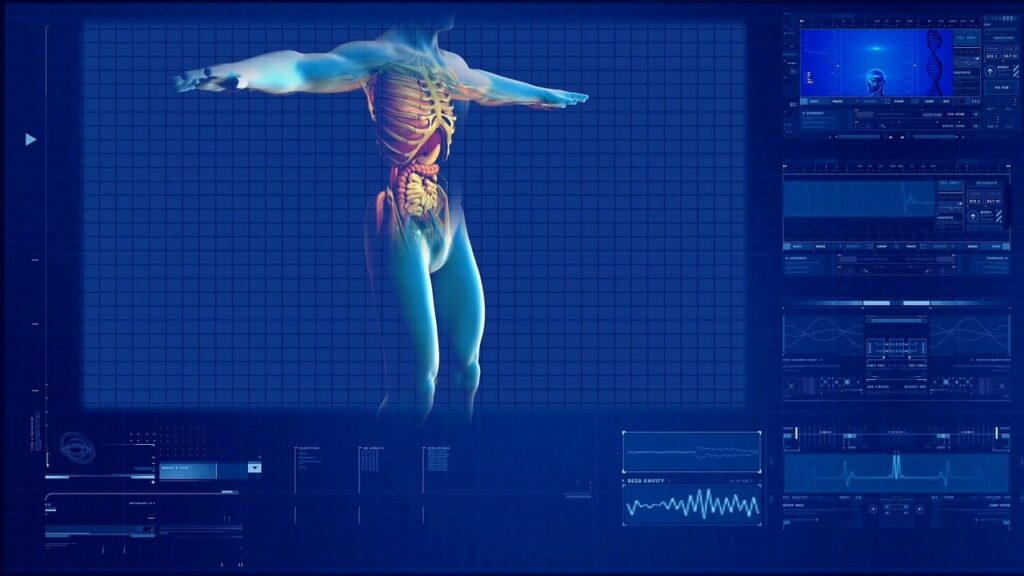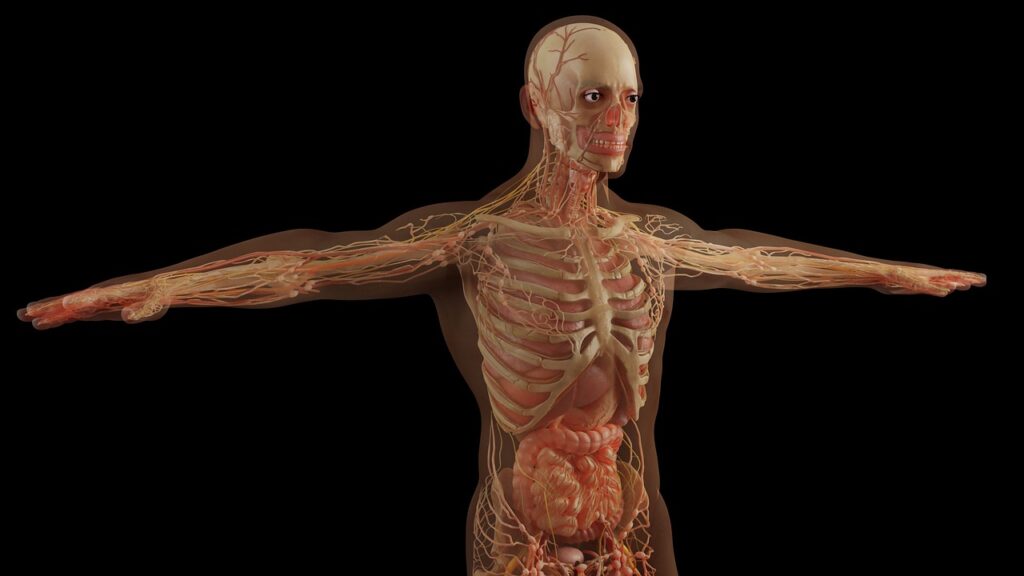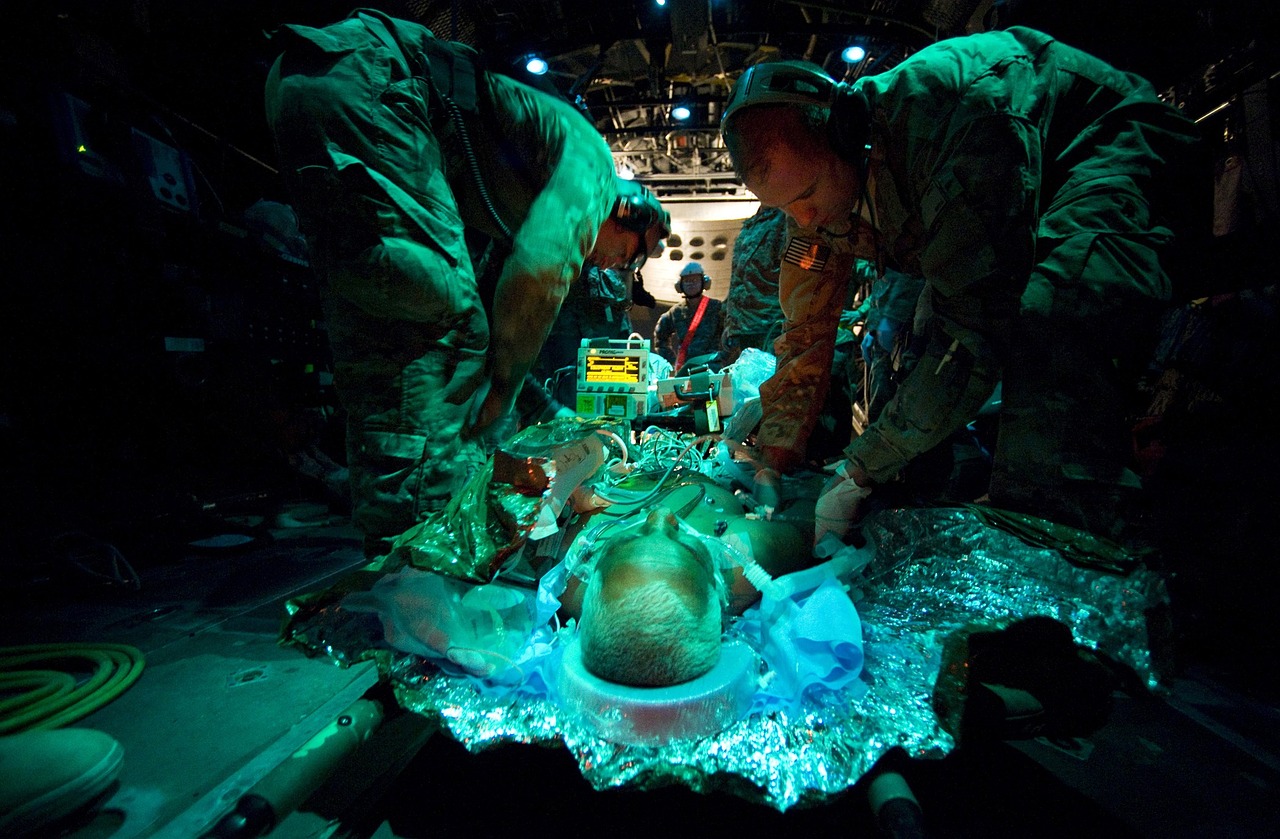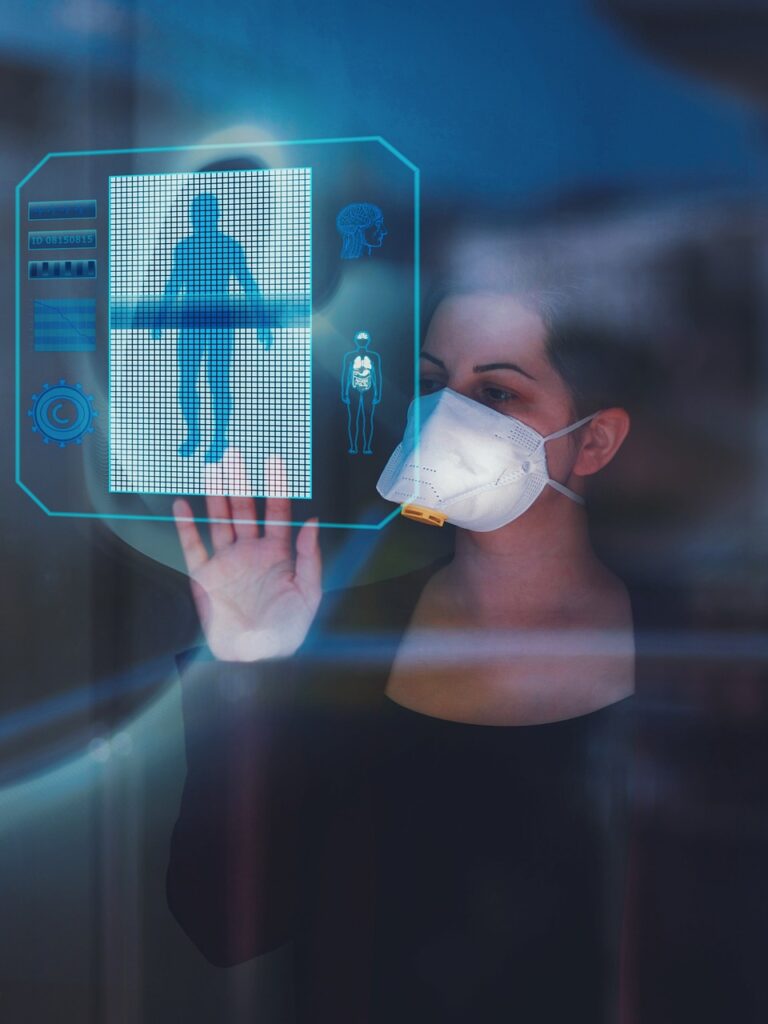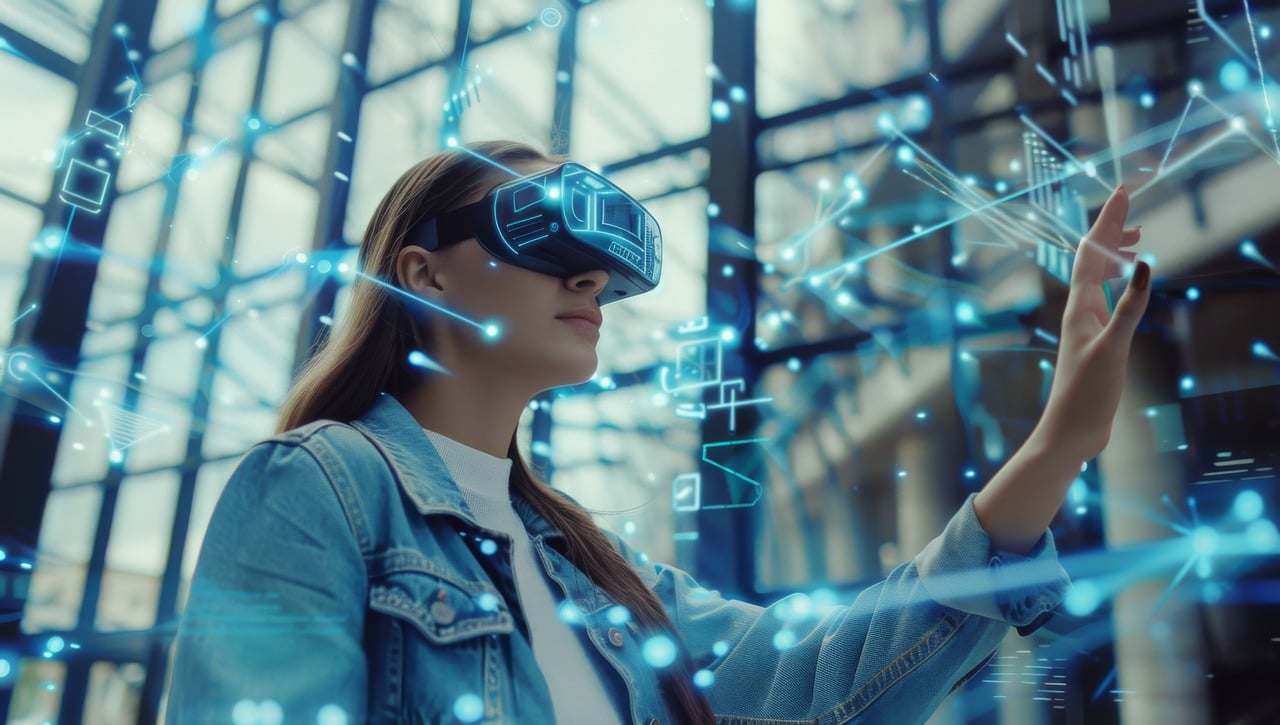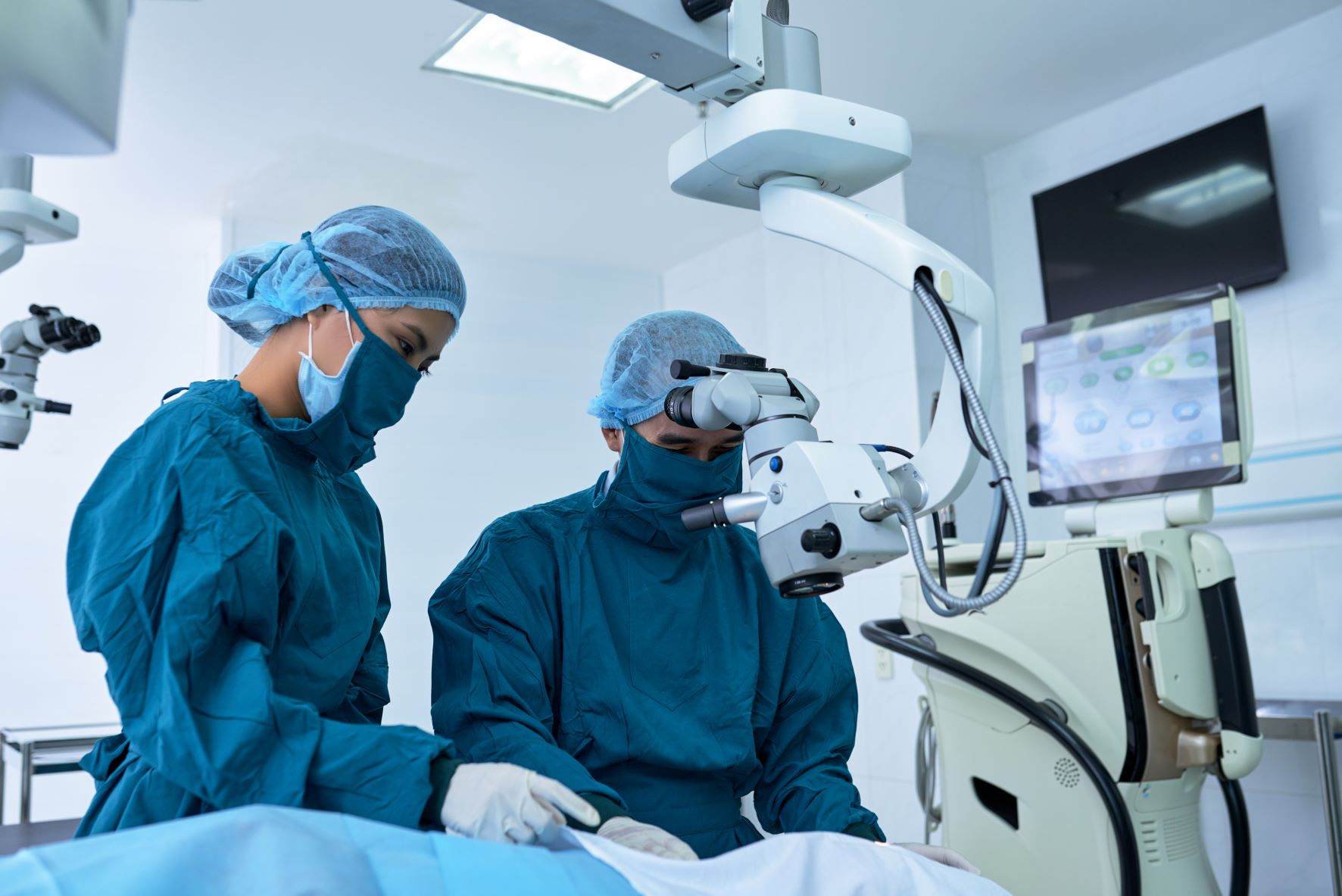Here are some of the most important topics currently shaping the medical devices landscape. These topics are crucial for innovation, regulatory compliance, and improving patient outcomes in Healthcare, the medical device and digital health industry.
The main topics in our opinion are:
- Regulatory Changes
- Digital Health Integration
- Cybersecurity
- Artificial Intelligence
- Wearable Technology
- Sustainability
- Patient-Centric Design
- 3D Printing
- Point-of-Care Testing POCT
- Global Health Equity
Regulatory Changes
The evolving landscape of regulations, such as the EU MDR and FDA reforms, affects how devices are approved and monitored. These changes reflect the evolving landscape of medical technology and the need for regulators to ensure patient safety while fostering innovation. Staying informed about these developments is crucial for stakeholders in the medical device industry. Regulatory changes in medical devices can significantly impact development, approval, and market access.
Here are some key areas where changes have been noted:
- Post-Market Surveillance: There is an increasing emphasis on post-market surveillance to monitor the long-term effects of devices after they hit the market. This includes mandatory reporting of adverse events.
- Digital Health Regulations: With the rise of software as a medical device (SaMD), regulators are adapting their frameworks to include digital health technologies, focusing on cybersecurity and data privacy.
- Streamlined Approval Processes: Some regions are introducing expedited pathways for breakthrough devices that address unmet medical needs, allowing for faster access to innovative solutions.
- Global Harmonization Efforts: Initiatives are underway to harmonize regulatory requirements across countries, which can simplify the approval process for manufacturers operating internationally.
- Increased Focus on Human
- Factors: Regulators are placing greater importance on user-cantered design and usability testing to ensure devices are safe and effective for their intended users.
- Regulations for Artificial Intelligence: As AI becomes more prevalent in medical devices, specific regulations and guidelines are being developed to address the unique challenges and risks associated with AI technologies.
- Sustainability Initiatives: Some regulatory bodies are starting to consider environmental impacts, encouraging manufacturers to adopt sustainable practices in device production and disposal.
Digital Health Integration
The rise of telehealth and digital therapeutics is driving innovation in connected devices and remote monitoring. Digital health integration in healthcare refers to the incorporation of digital technologies into healthcare systems to enhance patient care, improve outcomes, and streamline operations. Overall, successful digital health integration requires collaboration among stakeholders, including healthcare providers, technology developers, and policymakers, to create a patient-centred, efficient, and equitable healthcare system.
This integration can encompass a range of technologies and practices, including:
- Telemedicine: Virtual consultations allow patients to connect with healthcare providers remotely, increasing access to care, especially in rural or underserved areas.
- Electronic Health Records (EHRs): Digital records enable better data management, allowing for streamlined information sharing among healthcare providers, which can enhance care coordination and patient safety.
- Wearable Devices: Technologies like smartwatches and fitness trackers collect health data (e.g., heart rate, activity levels) that can inform personal health management and preventive care.
- Mobile Health Apps: These applications help patients manage their health, track medications, and access health information, empowering them to take an active role in their care.
- Artificial Intelligence (AI): AI can analyse large datasets to support clinical decision-making, identify patterns in patient data, and predict health outcomes.
- Health Information Exchange (HIE): Facilitates the sharing of health information across different healthcare organizations, improving continuity of care.
- Remote Patient Monitoring: Devices that monitor patients’ health conditions in real time allow for timely interventions and reduce hospital readmissions.
- Data Analytics: Leveraging big data can enhance public health surveillance, optimize resource allocation, and personalize treatment plans.
Benefits
- Improved Patient Engagement: Digital tools empower patients to manage their health more effectively.
- Enhanced Access to Care: Telehealth and mobile apps make healthcare more accessible, particularly for those with mobility or transportation issues.
- Cost Efficiency: Reduces overhead costs and minimizes unnecessary hospital visits through better management of chronic conditions.
- Better Outcomes: Timely interventions and personalized care plans lead to improved health outcomes.
Challenges
- Data Privacy and Security: Protecting sensitive health information is critical, and breaches can undermine patient trust.
- Integration Issues: Ensuring different systems and technologies work seamlessly together can be complex.
- Digital Divide: Not all populations have equal access to digital technologies, which can exacerbate health disparities.
- Training and Adaptation: Healthcare providers must be trained to use new technologies effectively, and some may resist change.
Cybersecurity
With increased connectivity, the security of medical devices against cyber threats is a major concern. Cybersecurity in medical devices is a critical concern as these devices become increasingly connected and reliant on software. As medical devices continue to evolve with new technologies, ongoing vigilance and proactive measures in cybersecurity will be essential to protect patient safety and privacy.
Here are some key aspects to consider:
- Risk Assessment: Regular risk assessments should be conducted to identify vulnerabilities in the device’s software and hardware.Regulatory Standards: Compliance with regulations such as the FDA’s guidelines and the EU’s Medical Device Regulation (MDR) is essential for ensuring safety and security.
- Data Protection: Ensuring the confidentiality, integrity, and availability of patient data is crucial. This includes implementing encryption and secure data transmission protocols.
- Patch Management: Regular updates and patches are necessary to fix vulnerabilities. Manufacturers should have a clear plan for updating devices post-deployment.
- User Training: Healthcare professionals need training on how to recognize potential cybersecurity threats and how to respond effectively.
- Incident Response Plan: Establishing a robust incident response plan helps organizations quickly address and mitigate the impact of security breaches.
- Supply Chain Security: Manufacturers should ensure that their supply chains are secure and that third-party components do not introduce vulnerabilities.
- Device Lifecycle Management: Consider cybersecurity throughout the entire lifecycle of the device, from design and manufacturing to end-of-life.
- Collaboration: Collaboration between manufacturers, healthcare providers, and regulatory bodies is vital to share best practices and improve overall security.
Artificial Intelligence
AI and machine learning are being integrated into diagnostic and imaging devices, enhancing accuracy and efficiency.
Artificial intelligence (AI) is transforming healthcare in numerous ways, enhancing diagnosis, treatment, and patient care. Overall, AI in healthcare promises to improve outcomes, reduce costs, and enhance the overall quality of care. However, it also raises ethical concerns, such as data privacy and the need for transparency in AI decision-making processes.
Here are some key applications:
- Diagnostic Support: AI algorithms analyse medical images (like X-rays, MRIs, and CT scans) to assist radiologists in detecting diseases such as cancer and fractures more accurately and quickly.
- Predictive Analytics: AI models can analyse patient data to predict outcomes, such as the likelihood of hospital readmission or disease progression, allowing for timely interventions.
- Personalized Medicine: AI helps in tailoring treatment plans based on individual patient data, including genetics, lifestyle, and environmental factors, improving treatment efficacy.
- Natural Language Processing (NLP): AI-driven NLP tools extract relevant information from unstructured data in medical records, aiding in clinical decision-making and improving documentation efficiency.
- Virtual Health Assistants: AI chatbots and virtual assistants provide patients with information, schedule appointments, and manage medication reminders, enhancing patient engagement and satisfaction.
- Drug Discovery: AI accelerates the drug development process by analysing biological data, predicting how compounds will behave, and identifying potential drug candidates more efficiently.
- Robotics and Surgery: AI-powered robotic systems assist surgeons in performing complex procedures with precision, reducing recovery times and minimizing complications.
- Telemedicine: AI enhances telehealth platforms by providing tools for remote monitoring and virtual consultations, ensuring continuous patient care.
- Operational Efficiency: AI optimizes hospital operations by predicting patient volumes, managing resources, and reducing wait times, ultimately improving the patient experience.
Wearable Technology
The popularity of wearables for health monitoring (like heart rate, glucose levels) continues to grow, leading to new applications. Wearable technology in healthcare has become a transformative force, providing innovative ways to monitor health and enhance patient care. Wearable technology in healthcare holds great promise for improving patient outcomes and enabling proactive health management. As technology evolves, its integration into everyday health practices is likely to increase, reshaping how we approach wellness and medical care.
Here are some key aspects:
1. Health Monitoring
Wearable Devices: Fitness trackers and smartwatches can monitor vital signs like heart rate, blood pressure, and oxygen saturation.
Chronic Disease Management: Devices specifically designed for conditions like diabetes (e.g., continuous glucose monitors) help patients manage their health more effectively.
2. Remote Patient Monitoring
Telehealth Integration: Wearables enable healthcare providers to monitor patients remotely, improving access to care and allowing for timely interventions.
Data Collection: Continuous data collection allows for more personalized treatment plans and timely adjustments based on real-time data.
3. Fitness and Wellness
Promoting Healthy Lifestyles: Wearables encourage physical activity and wellness through tracking fitness goals, sleep patterns, and dietary habits.
Behavioural Insights: Analysing usage data can provide insights into patient behaviour and help tailor interventions.
4. Emergency Alerts
Fall Detection and Alerts: Many wearables have features that can detect falls and alert caregivers or emergency services.
Health Alerts: Devices can notify users and healthcare providers of abnormal health metrics, facilitating quick responses.
5. Challenges and Considerations
Data Privacy: Concerns about the security of sensitive health data collected by wearables.
Regulatory Issues: Ensuring devices meet regulatory standards and are clinically validated for accuracy.
User Compliance: Encouraging consistent use among patients can be challenging.
6. Future Trends
Integration with AI: Enhanced analytics through artificial intelligence for better predictive insights and health management.
Expanded Capabilities: Advances in technology may lead to wearables that can monitor additional health parameters, improving their utility in clinical settings.
Sustainability
There is a push for more sustainable practices in manufacturing and disposal of medical devices. Sustainability technology in healthcare is an evolving field aimed at reducing environmental impact while improving patient outcomes. By integrating these technologies, healthcare systems can not only enhance their operational efficiency but also contribute to a healthier planet.
Here are some key areas where this technology is making a difference:
- Energy Efficiency: Hospitals are adopting energy-efficient systems, such as LED lighting, smart HVAC systems, and renewable energy sources like solar and wind power, to reduce their carbon footprint.
- Waste Management: Advanced waste management technologies are helping healthcare facilities manage medical waste more effectively. Innovations include waste-to-energy systems and recycling programs that minimize landfill contributions.
- Telemedicine: By facilitating remote consultations, telemedicine reduces the need for travel, lowering carbon emissions while improving access to care.
- Sustainable Materials: The use of biodegradable and recyclable materials in medical devices, packaging, and consumables is on the rise. This shift helps reduce plastic waste in healthcare settings.
- Green Building Practices: Many new healthcare facilities are being designed with sustainable architecture, incorporating features like green roofs, natural lighting, and sustainable materials to promote energy efficiency and patient well-being.
- Data Analytics: Using data analytics can optimize resource use in hospitals, leading to reduced waste and improved patient care. Predictive analytics helps in anticipating patient needs, thereby streamlining operations.
- Supply Chain Innovations: Sustainable procurement practices and local sourcing of materials can minimize environmental impact while supporting local economies.
- Patient Engagement Tools: Technologies that empower patients to manage their health (e.g., apps for tracking medication or wellness) can lead to better outcomes and reduced healthcare utilization.
Patient-Centric Design
Devices are increasingly designed with a focus on user experience, accessibility, and engagement. Patient-centric design in healthcare focuses on creating systems, services, and environments that prioritize the needs, preferences, and experiences of patients.
Here are some key aspects:
1. Understanding Patient Needs
Research and Feedback: Engage patients through surveys, interviews, and focus groups to gather insights about their experiences and needs.
Empathy Mapping: Use tools like empathy maps to visualize patient journeys and understand their emotions, challenges, and motivations.
2. Involving Patients in the Design Process
Co-Creation: Involve patients, caregivers, and healthcare professionals in the design process to ensure that solutions are relevant and effective.
User Testing: Conduct usability testing with real patients to identify issues and refine solutions based on their feedback.
3. Accessibility and Inclusivity
Design for All: Ensure that healthcare services are accessible to diverse populations, including those with disabilities, different languages, and varying levels of health literacy.
Cultural Sensitivity: Consider cultural differences in health beliefs and practices when designing services and communication strategies.
4. Technology Integration
Patient Portals: Implement user-friendly digital tools that allow patients to access their health information, schedule appointments, and communicate with providers.
Telehealth: Design telehealth solutions that are easy to use, ensuring that all patients can benefit from remote consultations.
5. Creating Comfortable Environments
Healing Spaces: Design healthcare facilities that promote comfort and healing, using natural light, calming colours, and private spaces.
Wayfinding: Improve navigation within healthcare facilities to reduce stress and confusion for patients and visitors.
6. Continuous Improvement
Feedback Loops: Establish mechanisms for ongoing patient feedback to continuously refine services and address emerging needs.
Quality Metrics: Use patient-reported outcomes and satisfaction surveys to measure the impact of design changes.
3D Printing
3D printing is transforming healthcare in several significant ways. This technology is being used for custom implants and prosthetics, allowing for personalized healthcare solutions. Overall, 3D printing in healthcare enhances personalization, efficiency, and innovation, leading to improved patient outcomes and experiences.
Here are some key applications:
- Prosthetics and Orthotics: Custom prosthetics can be tailored to an individual’s anatomy, improving comfort and functionality. 3D printing allows for quicker production and adjustments.
- Surgical Planning and Models: Surgeons can create precise anatomical models from patient scans (like CT or MRI) to practice complex procedures, enhancing precision during actual surgeries.
- Bioprinting Tissues and Organs: While still in experimental stages, bioprinting aims to create living tissues and potentially organs for transplantation, addressing donor shortages.
- Dental Applications: 3D printing is widely used for making dental crowns, bridges, and aligners, offering customized solutions that improve fit and reduce production time.
- Medical Devices: Custom instruments and devices can be designed and printed for specific procedures, enhancing the efficiency and effectiveness of medical treatments.
- Drug Delivery Systems: 3D printing can be used to create personalized medication dosages and delivery methods, optimizing treatment for individual patients.
- Education and Training: 3D models of anatomy and pathologies can be used for training medical students and professionals, providing a hands-on learning experience.
Point-of-Care Testing POCT
The demand for rapid, on-site diagnostics is increasing, especially highlighted by the COVID-19 pandemic. Point-of-care testing (POCT) refers to medical diagnostic testing performed at or near the site of patient care, rather than in a centralized laboratory. This approach allows for rapid diagnosis and treatment, improving patient outcomes and enhancing healthcare efficiency. Overall, point-of-care testing represents a transformative shift in healthcare delivery, aiming to make diagnostics more accessible and timely.
Here are some key aspects of POCT in healthcare:
Advantages
- Speed: POCT provides immediate results, enabling quicker clinical decision-making.
- Convenience: Testing can be done in various settings, such as hospitals, clinics, and even at home.
- Improved Patient Experience: Reduced wait times and the ability to receive results during a single visit can enhance patient satisfaction.
- Cost-Effectiveness: It can reduce the need for follow-up visits and hospital admissions.
Challenges
- Accuracy and Reliability: Some POCT devices may have lower sensitivity or specificity compared to laboratory tests.
- Quality Control: Ensuring proper training and adherence to protocols is essential to maintain test quality.
- Integration with Health Records: Seamless data entry and sharing can be complex, affecting care coordination.
Common Applications
- Infectious Disease Testing: Rapid tests for conditions like strep throat, influenza, and COVID-19.
- Blood Glucose Monitoring: Essential for diabetes management.
- Cardiac Markers: Tests for troponin and other markers that indicate heart attack.
- Coagulation Testing: Monitoring patients on anticoagulant therapy.
Future Trends
- Technological Advances: Development of more sophisticated, portable devices and apps for a variety of tests.
- Telemedicine Integration: Combining POCT with telehealth services to reach more patients.
- Personalized Medicine: Tailoring tests and treatments based on individual patient data.
Global Health Equity
Efforts to improve access to medical devices in underserved populations and regions are becoming a priority. Global health equity in healthcare refers to the fair distribution of health resources and opportunities for all individuals, regardless of their geographic, economic, or social circumstances. It emphasizes the need to address disparities that lead to unequal access to healthcare services, quality of care, and health outcomes.
Moving Forward: Efforts to promote global health equity must be multifaceted, involving community engagement, investment in health systems, and a commitment to justice and human rights. By addressing these factors, we can work towards a more equitable healthcare system that benefits everyone.
Key Aspects of Global Health Equity:
Access to Healthcare: Ensuring that everyone can obtain necessary healthcare services, including preventive care, treatment, and rehabilitation, is fundamental. This includes addressing barriers such as cost, location, and availability of services.
Quality of Care: Equitable healthcare also means that the quality of care should not vary based on socio-economic status, ethnicity, or location. This requires investments in training, resources, and infrastructure.
Social Determinants of Health: Factors such as education, income, and living conditions significantly influence health outcomes. Addressing these social determinants is crucial for achieving health equity.
Policy and Advocacy: Governments and organizations must create policies that promote health equity, including funding for underserved populations and implementing laws that protect the rights of marginalized groups.
Global Collaboration: Health inequities often transcend national borders. International cooperation among governments, NGOs, and private sectors is vital for addressing global health challenges, such as pandemics or access to vaccines.
Cultural Competency: Healthcare providers need to be culturally aware and sensitive to the diverse backgrounds of their patients to ensure effective communication and care.
Challenges to Global Health Equity:
Economic Disparities: Poverty and lack of resources can limit access to healthcare.
Political Instability: Conflict and governance issues can disrupt health systems.
Inadequate Infrastructure: Many regions lack the necessary healthcare facilities and personnel.
Stigma and Discrimination: Marginalized groups often face barriers to accessing care due to societal stigma.
